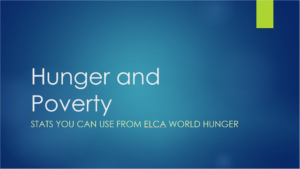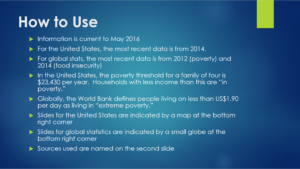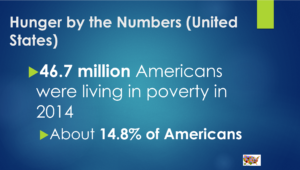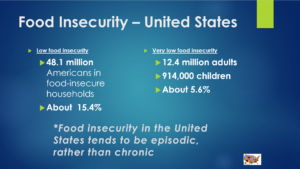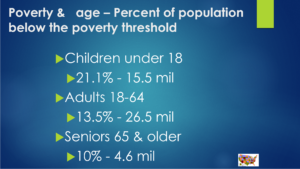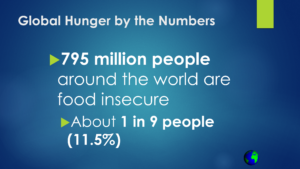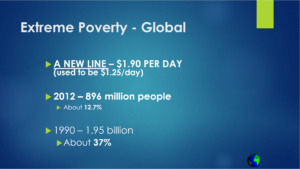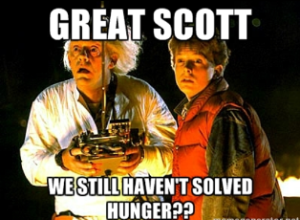Large, multinational corporations controlling prices and driving down wages, masses of people too poor to afford basic goods, an economy that favors the wealthy, politicians and church leaders at the mercy of banks….1517 was quite a year! So much has changed, so much remains the same.
Many people remember Martin Luther’s sharp critique of the abusive practices of the church, but few of us are as familiar with Luther’s equally sharp critique of the abusive economy of his day, an economy that made a few people wealthy and a lot of people poor.
At the 2015 “Forgotten Luther” conference in Washington, DC, theologians and historians shared this little-known side of Luther’s teachings. The presenters described Luther’s critique of monopolies, price gouging, and greed. They showed the clear economic teachings in Luther’s Catechisms and the political side of his theology. They also shared Luther’s insistence that the church be part of the solution to injustice, a heritage that can still be seen today in the many ways Lutherans respond to poverty and hunger 500 years later.
ELCA World Hunger is proud to offer for free videos of each presentation from this important conference, as well as video interviews with each of the presenters. You can find all of the videos on the ELCA’s Vimeo channel at https://vimeo.com/album/4043021. The presentations were also collected into a short book, complete with discussion questions and other contributions from the conference organizers. You can purchase the book for only $15 from Lutheran University Press at http://www.lutheranupress.org/Books/Forgotten_Luther.
Here on the ELCA World Hunger blog this month, we will feature some highlights from this collection of resources.
In this interview, Dr. Samuel Torvend of Pacific Lutheran University talks about justification and justice, the experiences that shaped his own perspective, and how to reconcile Luther’s conservative positions with the Reformer’s progressive call for economic justice. Find this video and more at https://vimeo.com/album/4043021.


